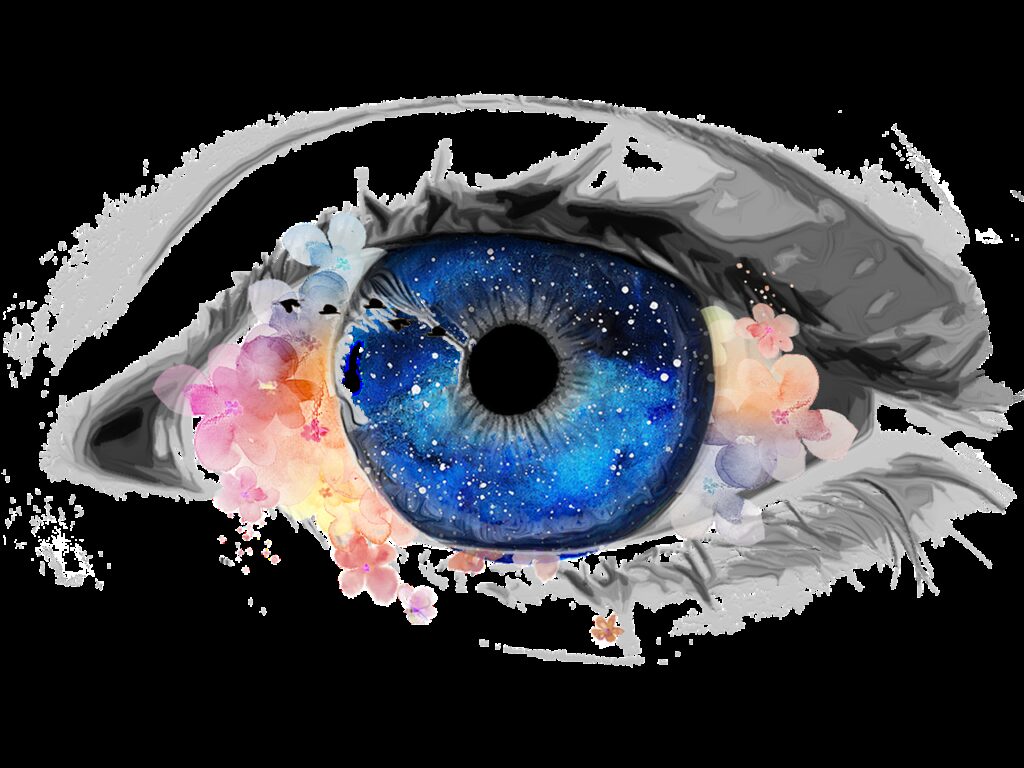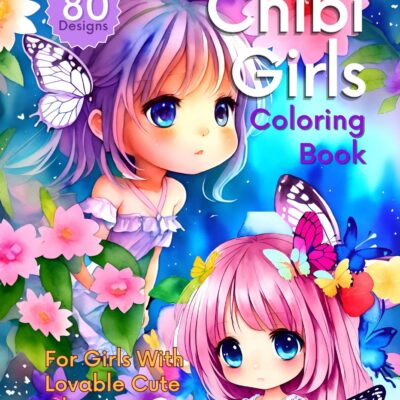The nuances of creativity: the influence of color
The wide range of colors proves to be a boon to our creativity and mental well-being. Each hue conveys a singular narrative, evokes sensations and initiates cognitive processes that transcend the visual realm. To explore the variety of hues is to enter into an emotional and cognitive experience that influences our perception of our surroundings.
From passionate shades of red to serene shades of blue, each color communicates its own emotional language. The study of color psychology has revealed the influence of these shades on our emotional responses and mood. Yellow, with its warm glow, has the ability to impart energy and mental clarity, while green, reminiscent of nature, evokes a sense of tranquility and balance.

Within the realm of art and creativity, color selection goes beyond mere aesthetics. For long periods of time, artists have employed the use of color as a vehicle to manifest emotions, communicate messages and generate reactions in the viewer. The colorful combination of orange and pink tones that adorn the sunrise is not only visually striking, but can also evoke a sense of optimism and revitalization.
The power of color permeates our daily lives, influencing our choices and perceptions in significant ways. From the selection of clothing to the setting of spaces, we inadvertently employ color as a means of expressing our emotional state or seeking inner harmony.
Immersing ourselves in the nuances of color proves to be an enriching sensory experience. In the next chapter, we will explore how this palette not only drives creativity, but also acts as a balm for mental health, exerting a surprisingly profound influence on our overall well-being.
Chromatic symphony for mental well-being
The relationship between color and mental health is a complex link that reveals the healing potential of the color palette in the realm of our lives. The practice of chromotherapy, which has gained increasing recognition in recent years, is based on the premise that colors can have a direct impact on our emotional well-being.
The conscious perception of colors through activities such as painting, coloring or simply immersion in rich visual environments becomes a means for the exercise of active meditation. As the brush caresses the canvas or colored pencils breathe life into a monochromatic design, the mind is immersed in an optimal level of mindfulness, providing a refuge from the daily chaos.

Natural light, with its changing hues throughout the day, plays a crucial role in our emotional well-being. Exposure to sunlight, abundant in warm tones, not only improves our mood, but also regulates our circadian rhythms, improving sleep quality and enhancing our mental well-being.
Just as bright colors can energize, soft, subtle tones create serene moods. The deliberate selection of hues in our daily environments, both in home furnishings and personal attire, can be an effective method of establishing an environment conducive to relaxation and stress reduction.
In short, chromatic selection is not only an aesthetic component, but also a therapeutic tool of notable influence on our mental health. Within the dynamic canvas of life, each hue symbolizes an opportunity to nurture our creativity and enhance our emotional well-being. The thoughtful exploration of this chromatic symphony prompts us to unravel a path towards the search for inner harmony, in which colors not only beautify, but also foster healing.
“The color is the keyboard, the eyes are the hammers, the soul is the piano with many strings.”
— Wassily Kandinsky



